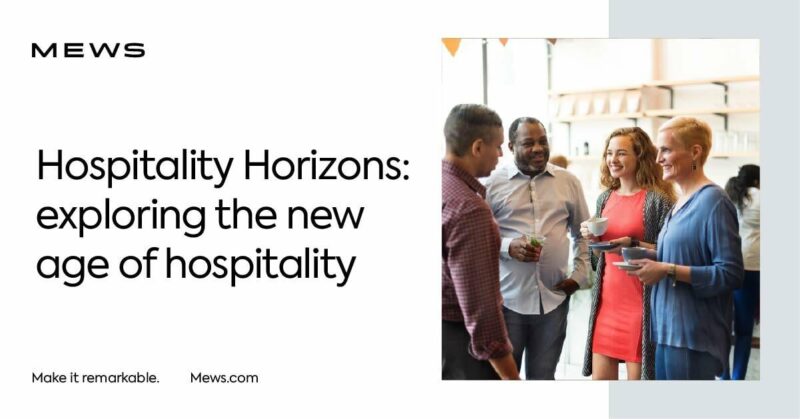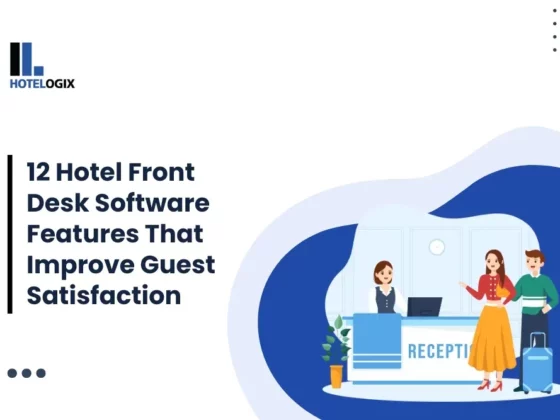In hospitality, seasonality isn’t just a footnote in the budget—it’s often the main storyline. Whether it’s summer vacationers filling oceanfront suites, fall group travel spiking occupancy, or citywide events creating compression across an entire market, these seasonal surges are what make or break performance.
At Newport, we recognize that success during these windows depends not just on being busy—but on being prepared. Financial results, guest satisfaction, and team morale are all shaped by how intentionally we approach these pivotal periods.
When I think about what sets successful properties apart during these moments, two words always rise to the top: Preparation and Communication.
Preparation: Plan Before the Surge
Being ready isn’t reactive. It’s proactive. Here’s what that looks like in action:
- Revenue Strategy
Make sure your rates and availability are optimized well ahead of time. At Newport, our revenue leaders begin modeling strategies a year in advance. It’s essential to lock in those plans across all systems—PMS, CRS, OTA extranets—and monitor pacing consistently. - Supply Chain Readiness
Review par levels and ordering with each department. Loop in your frontline teams—they often catch things managers miss. Running out of pool towels on a Saturday afternoon isn’t just inconvenient—it’s costly in guest satisfaction and recovery. - Staffing & Scheduling
Seasonal staffing is crucial. Hiring part-time or temporary help means nothing without building in proper training on brand standards and service culture. Also, be vigilant with PTO approvals. Use an annual calendar with blackout dates to prevent unexpected gaps during high-need periods. - Facility & Equipment Checks
Ensure everything from elevators to ADA pool lifts to commercial washers is in working order. Preventative maintenance should be stepped up before seasonal highs, especially for equipment rarely used outside these windows. - Tailored Guest Offerings
Know your audience. Seasonal travelers may require different food & beverage, amenity, or service adjustments. For example, if you’re hosting a large group of international guests, tweak your breakfast options. If youth sports teams are checking in, consider a cleaning station for gear or fast-service dining options for families.
Communication: Align the Team, Elevate the Experience
Even the best plans fall flat without communication that brings people along.
- Pre-Season Briefings
Start early with leadership meetings that review seasonal timelines, group forecasts, and department checklists. Expand this to team-wide sessions to align everyone on what to expect and what’s expected. - Build Excitement
Think pep rally energy. Use team gatherings to get people energized and connected. Host a kickoff with music, snacks, or games. The tone you set here ripples forward into how the team shows up for guests. - Daily Information Flow
Use tools like Quore, pre-shift standups, and updated communication boards to keep details top of mind—VIP arrivals, group schedules, changes in service, etc. The more informed your team is, the more confident and capable they’ll be. - Documentation & Visibility
Ensure group schedules, BEOs, and staffing plans are readily accessible at the front desk, back of house, and in department hubs. When you make the plan visible, you empower everyone to own it. - Recognition & Rewards
Seasonal surges are tough. Show appreciation. Whether it’s a snack cart for housekeeping, gift cards for top performers, or a surprise visit from a shave ice truck, small gestures go a long way. Celebrate the wins and the people making them happen.
The Bottom Line
Your busiest seasons should be your best seasons—not your most stressful ones. With proactive preparation and team-first communication, you can turn seasonal volume into sustainable success. Because in the end, great results aren’t an accident. They’re the result of teams who were ready—together.










